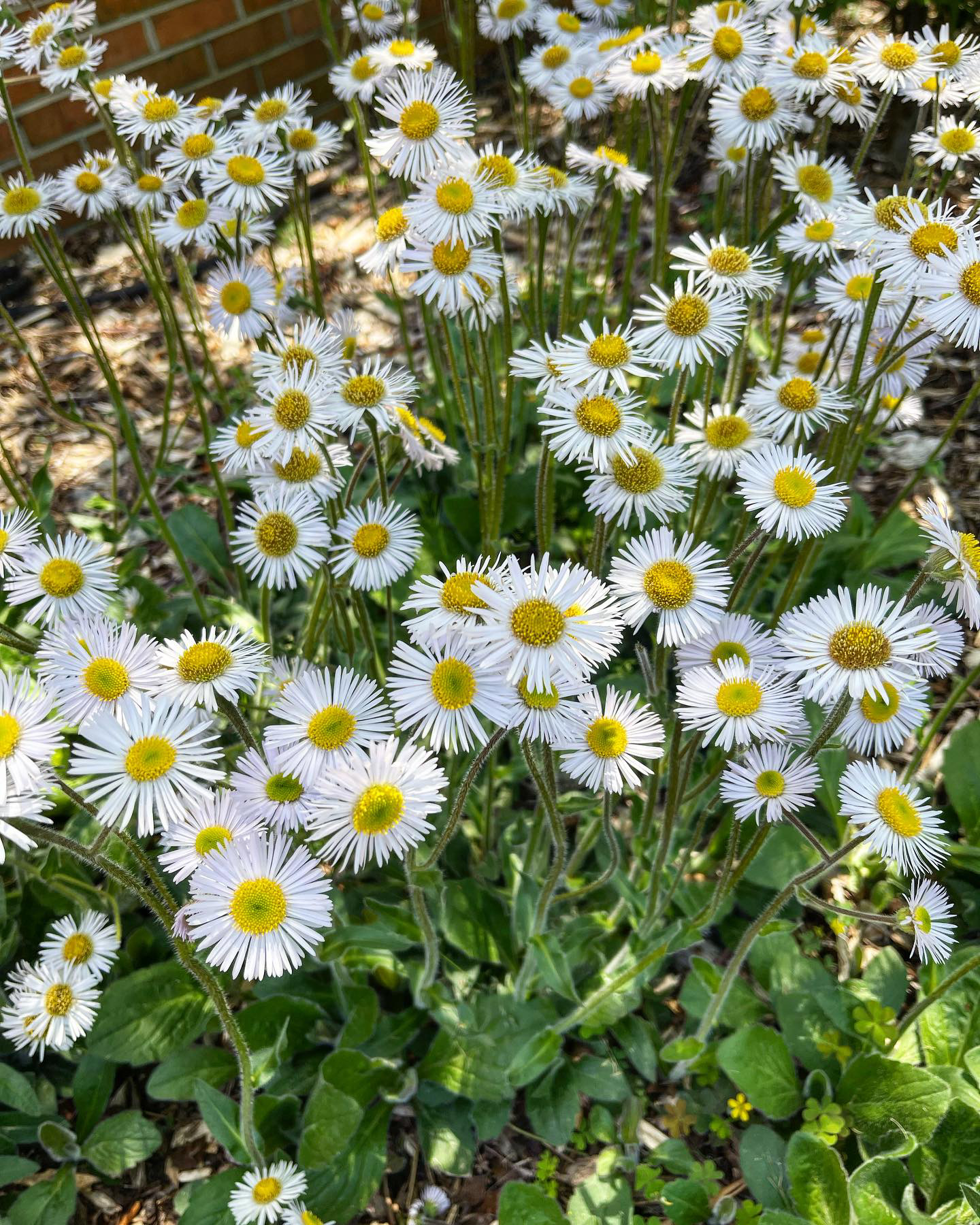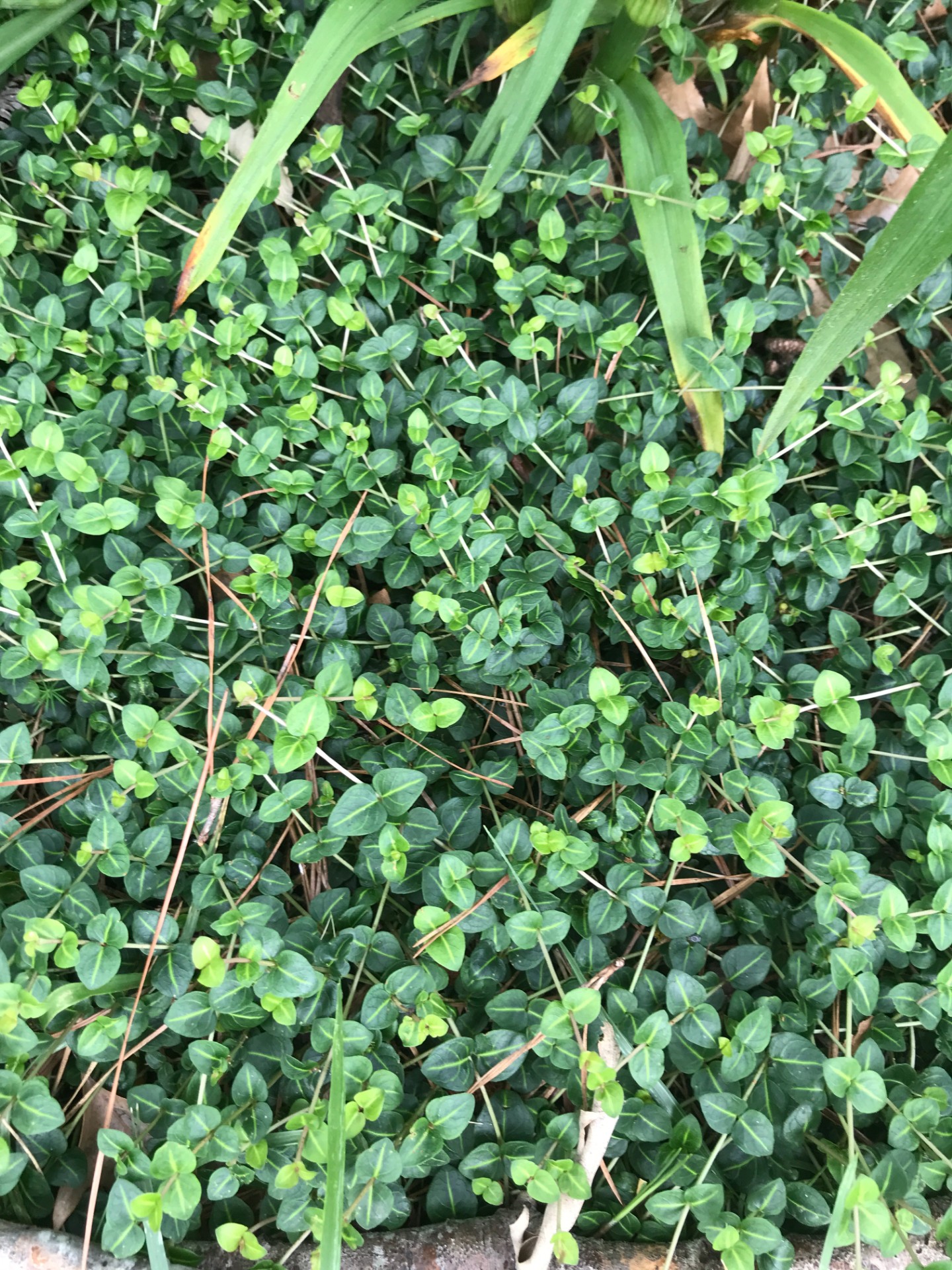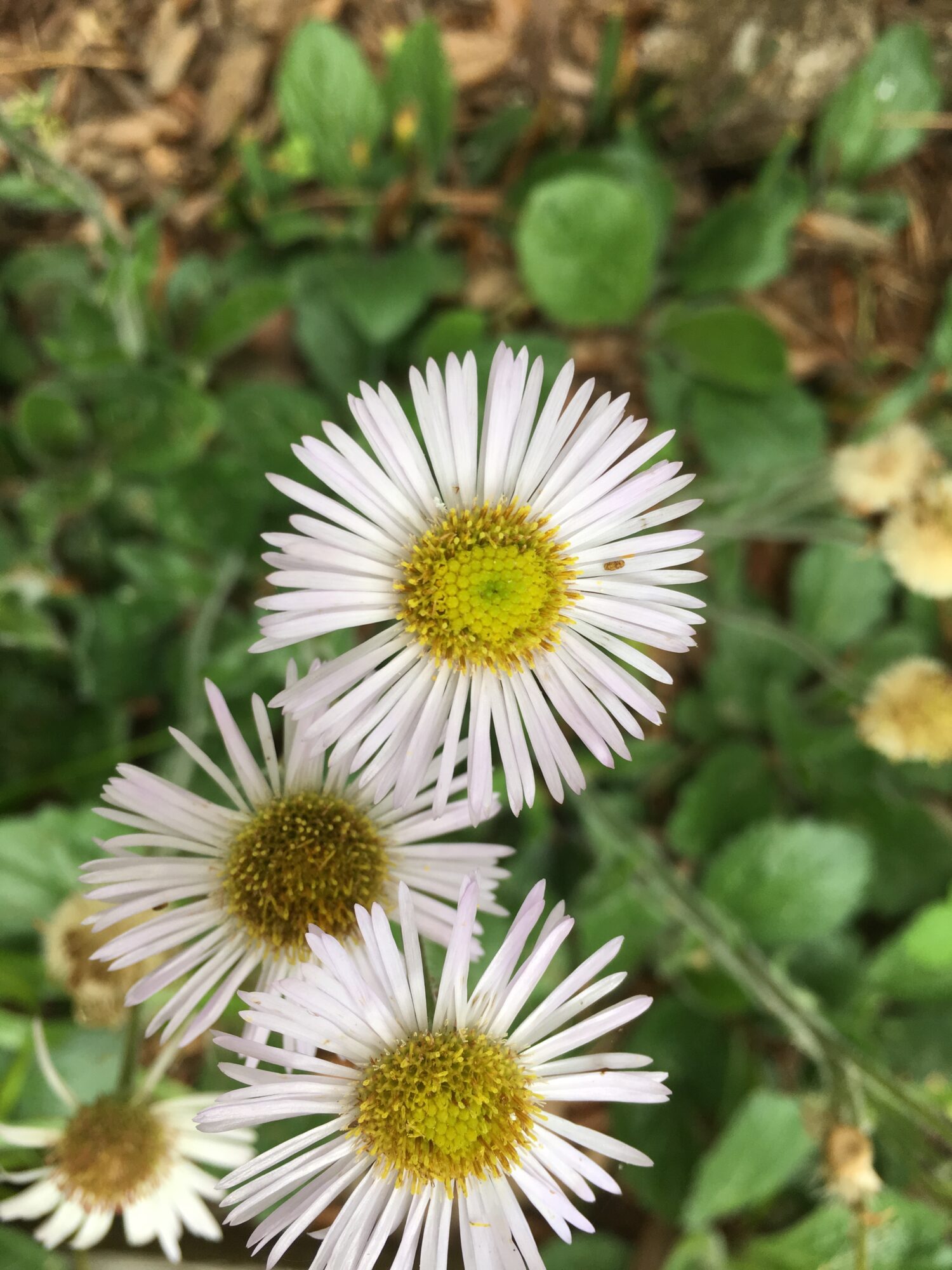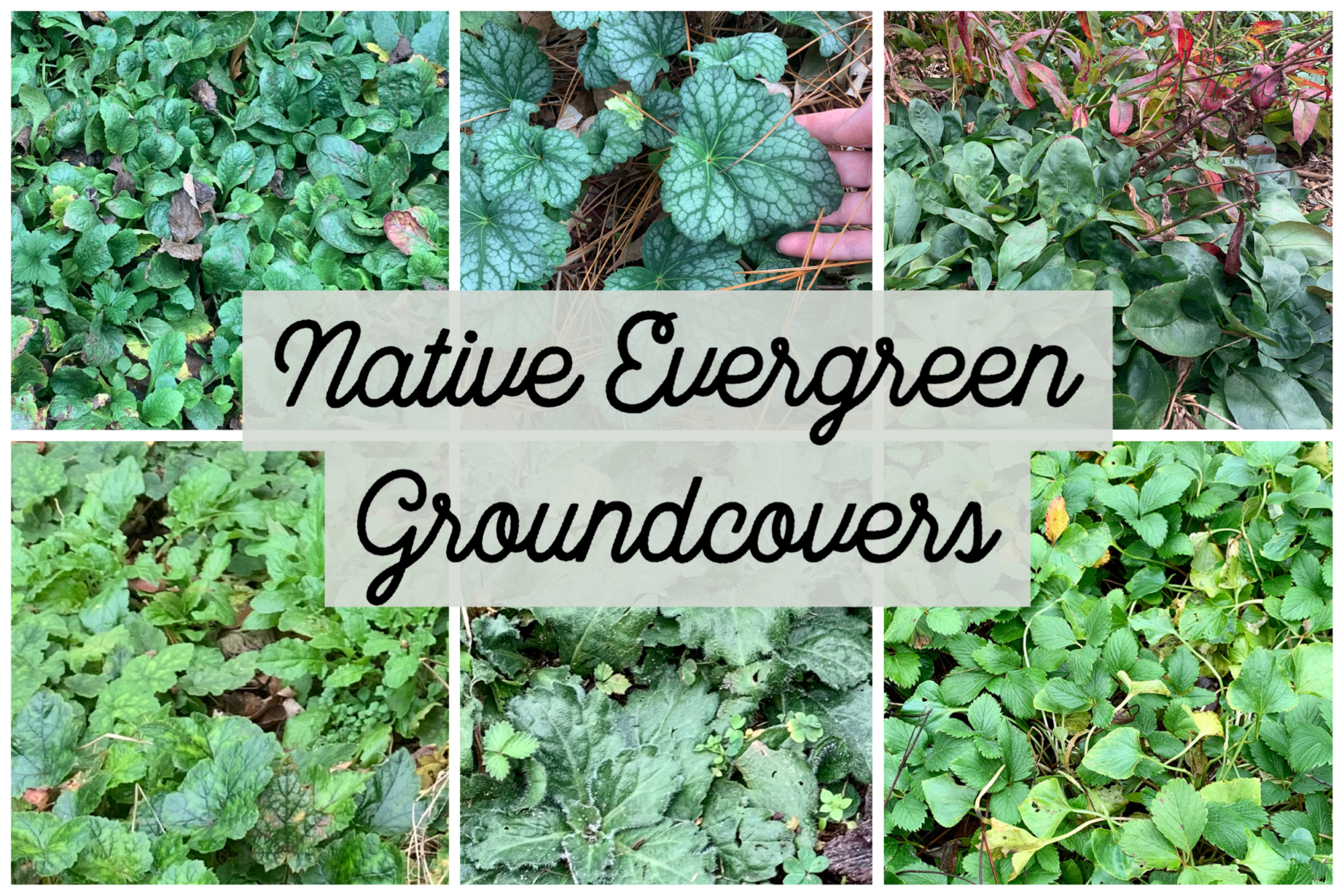
By Mary Reid Barrow
Photos by Trista Imrich
Many years ago, Lynnhaven Carpet, a sweet little fleabane daisy, was hot news in the Virginia Beach plant world.
The daisy was growing on the historic Adam Keeling House property, which had been undisturbed for centuries, along the Lynnhaven River. It caught the attention of the late Dale Henderson, an avid, knowledgeable gardener here.
Dale sent the plant off to nationally known plantsman Charles Cressman who deemed it a wild hybrid and named it Lynnhaven Carpet.
Today Lynnhaven Carpet with its white, tinged with purple flowers growing from handsome mossy green rosettes of leaves has become a local treasure. Trista Imrich, owner of Southern Branch Nursery and Wild Works of Whimsy, recommended Lynnhaven Carpet as a native ground cover at a LRNow workshop recently. She called it a “locally found cultivar.”
The workshop, Designing with Native Plants, was the first of LRNow’s Plant for the Future workshop series this year.
Besides its pretty spring flowers, Lynnhaven Carpet lives up to its name, carpeting the ground year round in a nice mat, Trista said.
Natives are often overlooked as groundcovers, but they can be a big help in the garden. In fact, aside from the homepage, Trista’s blog on native groundcovers is the most visited site on Southern Branch Nursery’s website, she said. Find her blog here: https://southernbranchnursery.com/blog/native-evergreen-groundcovers
“Groundcovers act as living mulch, reducing the need for traditional mulch and minimizing weeds,” Trista explained.
Native ground covers also help keep the soil moist, prevent erosion and shade the roots of larger plants.
Besides Lynnhaven Carpet, Trista suggests wild strawberry as a groundcover. Who would have thought? This little plant not only provides food for wildlife but effectively spreads as a ground cover.
Partridge berry is another possibility. This beautiful green vine with tiny white flowers in spring and red berries in fall is often seen in the sandy soil along the trails in First Landing State Park .

“The only drawback is that it is a slow grower,” Trista said.
Another good native groundcover is Green and Gold. This shade lover, covered with bright yellow flowers in spring, is perfect for low light areas, she said.
And don’t forget the sedges, Trista added. These low growing grasses can be great for lining garden paths, replacing English ivy and even as a substitute for lawn grass. She suggested visited the Mount Cuba Botanical Garden website to see information on its sedge trials: https://mtcubacenter.org/carex-as-problem-solving-perennials/
In LRNow’s workshop, in addition to groundcovers, Trista talked about everything, from the benefits of native plants, to the best plants to use where, to design tips.
Find out more about LRNow’s upcoming Plant for the Future workshops below. The next, a Rain Gardens & Infiltration Workshop, is from 10 a.m. to noon May 17 at the Brock Environmental Center. https://www.lynnhavenrivernow.org/events/rain-gardens-and-infiltration-trenches-workshop/
A workshop on wild edibles with Vicky Shufer is coming up at Southern Branch nursery: https://checkout.square.site/merchant/ML4YD83RCNXR3/checkout/QLO6TWZLXDLRJG6CHVO6FNXE?

